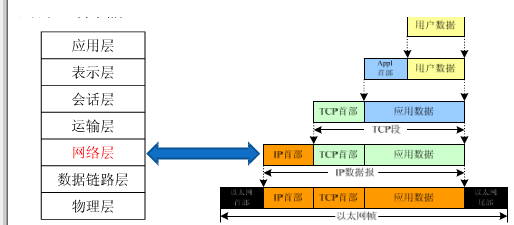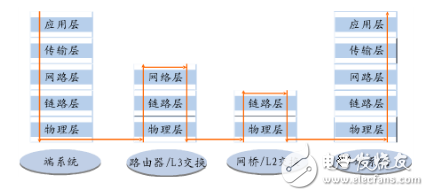Layer 3 forwarding, also known as IP routing, is a fundamental process in network communication where data packets are forwarded between different networks. It operates at the third layer of the OSI model, commonly referred to as the Network Layer. This layer is responsible for determining the best path for data to travel across networks, using logical addressing such as IP addresses. Understanding how Layer 3 forwarding works is essential for anyone working with networking technologies. In this article, we will explore the basics of the Network Layer, the role of the IP protocol, and how ARP helps in translating IP addresses into physical MAC addresses. We’ll also look at the concept of basic packet forwarding within a typical IP network environment. The Network Layer plays a crucial role in ensuring that data is delivered from the source to the destination, regardless of the underlying physical network. It handles tasks like routing, addressing, and fragmentation, which are vital for efficient communication across multiple networks. The IP protocol, which is the core of the Internet, provides a connectionless and unreliable delivery service. It defines the format of data packets, known as IP datagrams, and ensures that these packets can be routed across different networks. IP addresses are used to identify both the network and the specific device on that network. An IP address is typically written in dotted decimal notation, such as 192.168.10.1. The first part of the address represents the network, while the second part identifies the host within that network. This addressing system allows devices to communicate effectively over the Internet or local networks. When a device needs to send data to another device on the same local network, it must know the recipient’s physical (MAC) address. However, the IP protocol only deals with logical IP addresses. This is where ARP, or Address Resolution Protocol, comes into play. ARP translates an IP address into a corresponding MAC address, enabling direct communication at the data link layer. In a typical IP network, devices such as PCs, servers, and routers use the TCP/IP protocol stack to communicate. Routers are key components in Layer 3 forwarding, as they determine the best path for data to reach its destination. Switches, on the Other hand, operate at the Data Link Layer and help connect devices within the same network. Basic forwarding involves the process of moving packets from one network segment to another. This is done by examining the destination IP address and matching it against the routing table stored in the router. The router then forwards the packet through the appropriate interface toward the final destination. Rubber Products, Industrial Rubber, Rubber Components Wenzhou Hesheng Electronic Co., Ltd. , https://www.heshengelec.com
